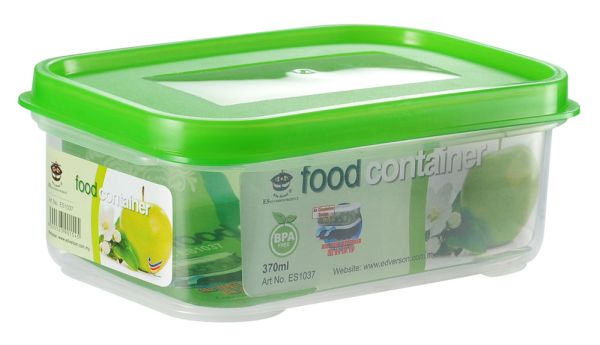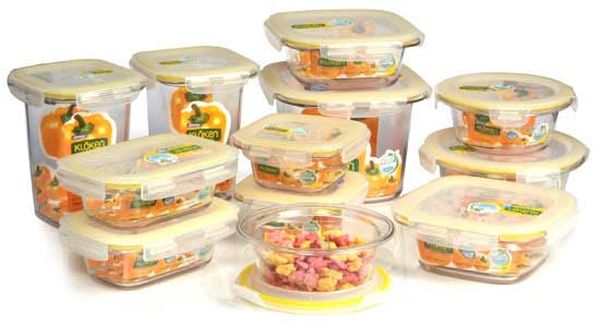“What’s in the box?” Is the question that most people will ask themselves when looking at a packaged product. The message, excitement and the brand that the packaging represents adds to the perceived value in the eyes of the customer. Businesses have taken notice and there are revolutionary trends sweeping through the food packaging industry. Manufacturers, supply chain managers and retailers are all excited and anticipating what the future holds when it comes to food packaging. Below are a few of the trends that are dominating discussions at the moment.
Food safety when it comes to the use of plastics in food.
Australia is one of the leading countries when it comes to implementing safe food practices. Food Standards Australia who publishes the food standards code in Australia advocates the prevention of contamination from food packaging. There has been growing concern in the industry that certain plastics may contaminate foods including:
- Fresh meat
- Gourmet cheese
- Fresh fruits and vegetables
- Health foods
The cause for concern isn’t so much from the plastic itself, but the smaller molecules that can migrate from the packaging into the food. The two plastics that are causing concern in the industry are Polycarbonate and PVC. The major concern is that the molecules from these plastics can lead to serious health risks. From Polycarbonate, bisphenol A (BPA) is the concerning molecule that is found in the epoxy resin used to line cans. The concern with PVC lies in the extra chemicals called plasticisers. Research is still being conducted to determine the safety of these compounds, but doubts have been raised at the moment.
Since 2008, the Productivity Commission has recommended that the Australian government conduct more research to identify and manage potential risks. Furthermore, the Food Standards Code currently doesn’t have any specific limits for BPAs or some of the other plastics that are of a concern. However, this may change with the new codes being launched in 2016.
Increased awareness of food preservation commercially and at home.
With the rise of society’s interest in food safety, food preservation techniques have taken off both residentially and commercially. Government authorities and regulators have sought to educate people on preservation techniques that will keep themselves and their guests safe. Part of this has been due to the awareness of vacuum packaging machines that can preserve food for long-term storage. The trend has been beneficial since the newer generation is not only aware of the importance of food preservation techniques, but they also value the investment into food preservation technology and processes that will keep consumers safe.
Clear food labelling
There’s been a shift in the labelling methods of manufacturers to ensure that their labels message communicates a clear definition of what the food items contain. Australia’s consumer protection regulator the Australian Competition and Consumer Commission (ACCC), had initiated several legal actions for misleading labelling information by manufacturers.
Food packaging that is marketed to millennials.
The Millennial generation currently makes up about one-third of the world’s global market. Food manufacturers are seeking ways to engage with this tech-savvy market in a bid to drive brand loyalty. As the blogosphere, social media and smart devices engage this new market, food packaging has started to evolve to compliment the trend, particularly with smart labelling.
Smart labelling.
Labeling on food and beverage products continue to get smarter over time. Since the launch of Universal Product Codes in 1974, it has evolved into a variety of barcode symbologies that can be read by smartphones. QR (Quick Response) codes are the most common and integrate with businesses marketing campaigns to launch web offers, applications, coupons, games and other forms of digital promotions.
Additionally, these codes can integrate information with other smartphone applications. For example, My Fitness Pal is an application that monitors the nutritional consumption for people on a diet by allowing people to scan products with a barcode to input their nutritional information.
Sustainable packaging
There is ongoing talk about how food packaging can become more eco-friendly. The challenge that presents itself to the industry is how to manufacture a package that balances the packaging needs for supply chain storage, minimising product waste, display and recycling. Manufacturers are pursuing ways to implement more biodegradable packaging where it is possible.
There are several trends occurring in the food industry. These trends continue to shape food packaging in terms of safety, marketing, storage and sustainability. Manufacturers and consumers will be interested to see the direction these trends will take us in the next 5 years.
Article Submitted By Community Writer





